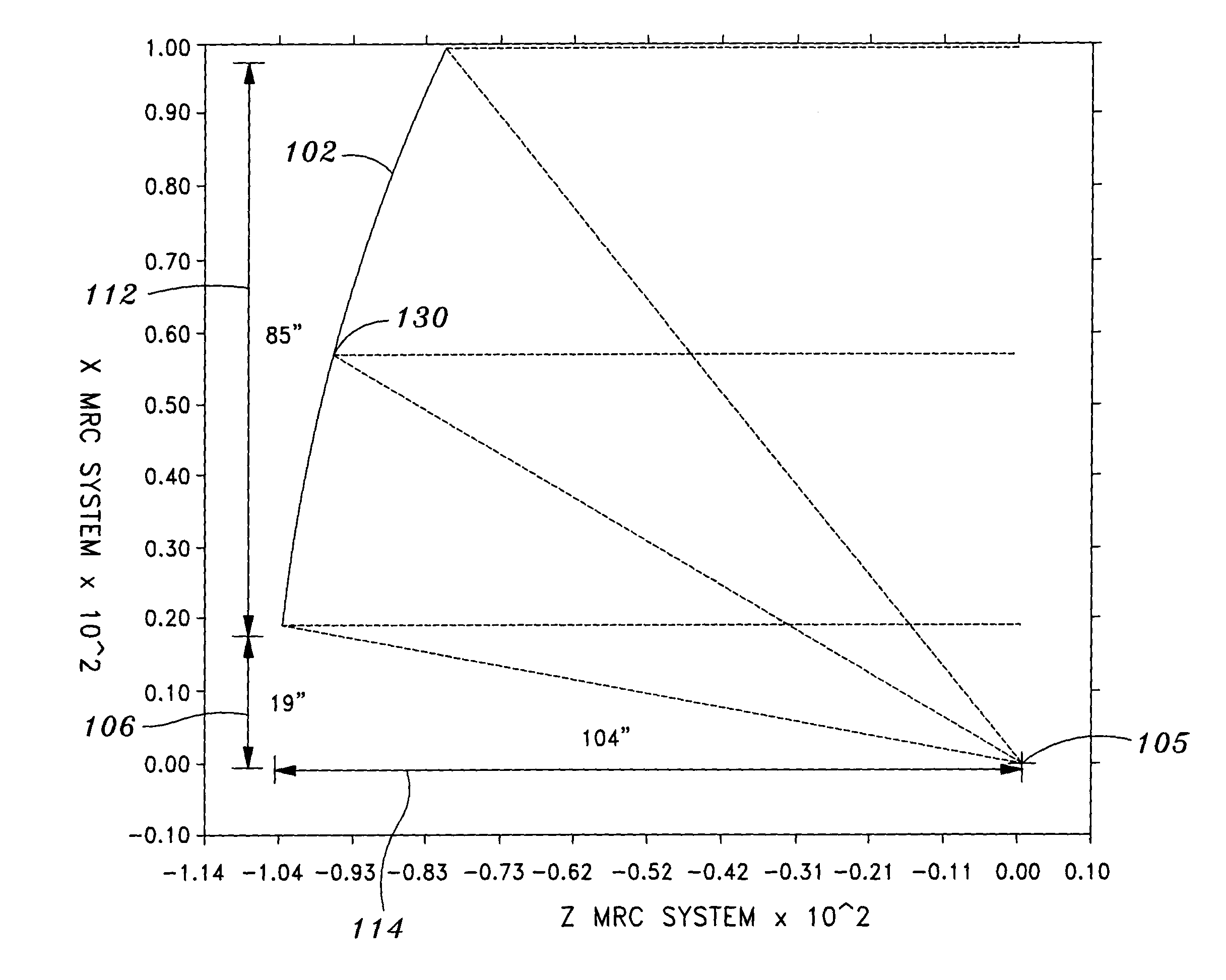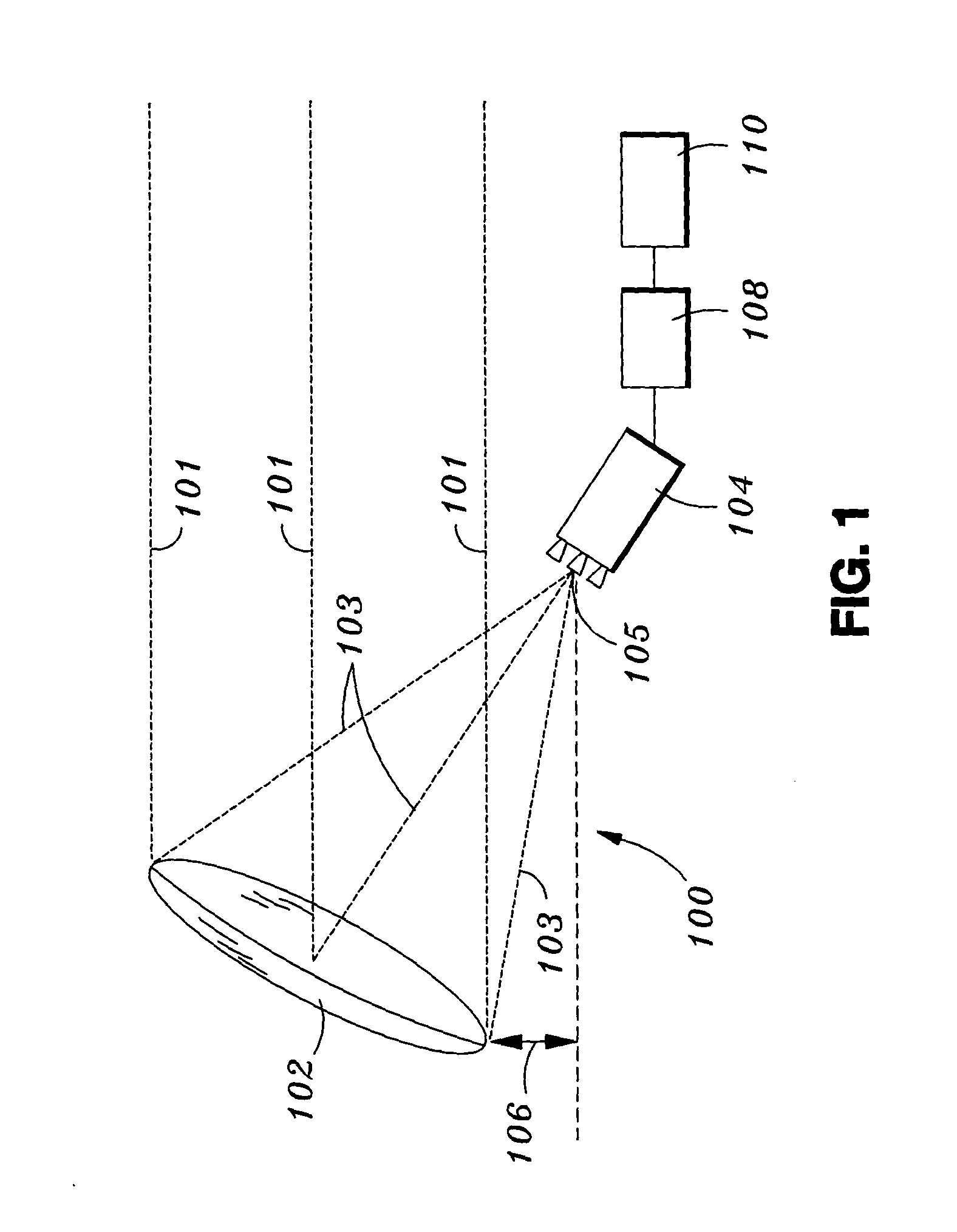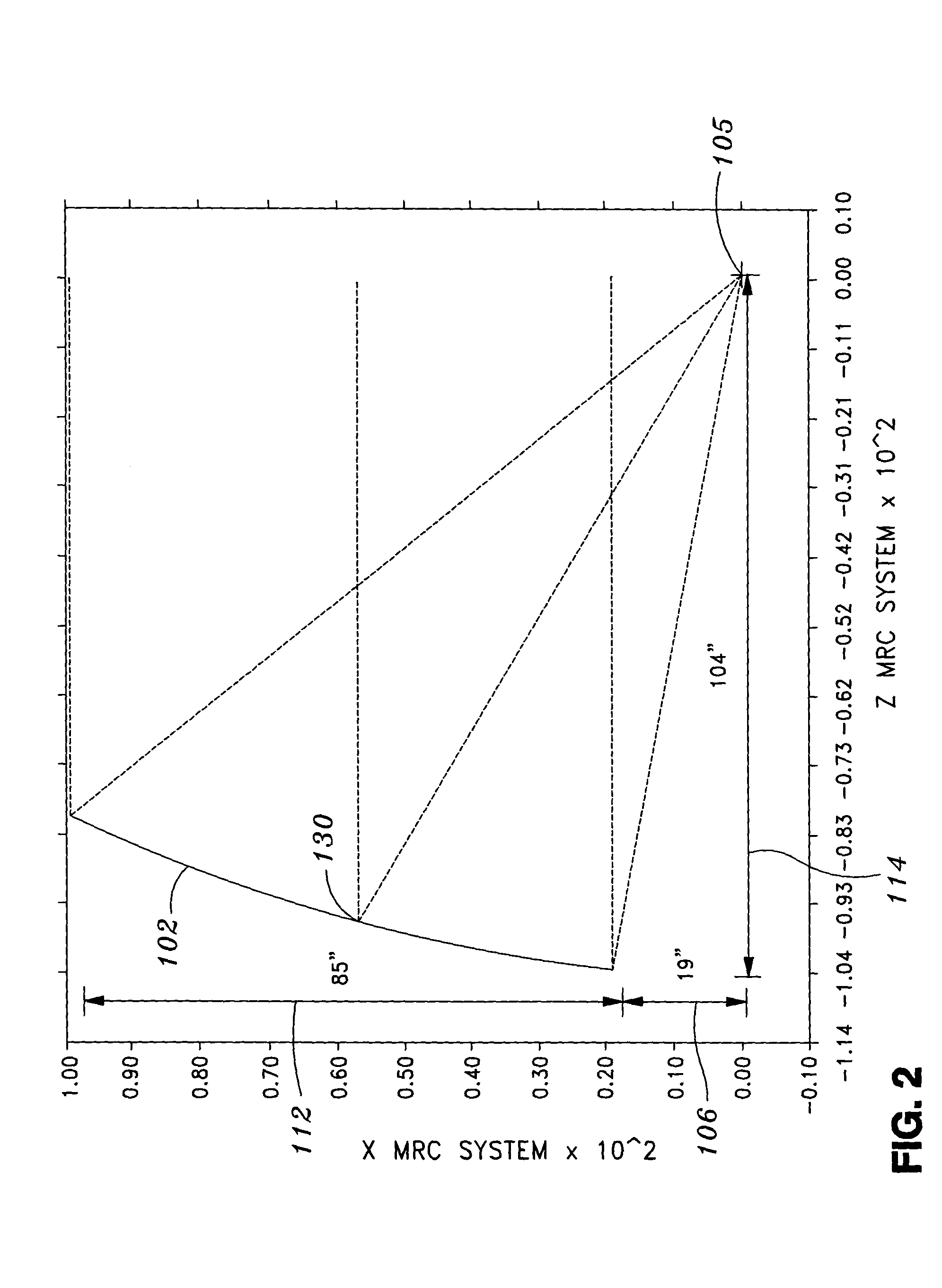Multi-beam and multi-band antenna system for communication satellites
a communication satellite and antenna system technology, applied in the field of radio frequency satellite communication systems, can solve the problems of low antenna efficiency, inconvenient band but not high frequency, and poor antenna efficiency
- Summary
- Abstract
- Description
- Claims
- Application Information
AI Technical Summary
Benefits of technology
Problems solved by technology
Method used
Image
Examples
Embodiment Construction
The following detailed description is of the best currently contemplated modes of carrying out the invention. The description is not to be taken in a limiting sense, but is made merely for the purpose of illustrating the general principles of the invention, since the scope of the invention is best defined by the appended claims.
Broadly, an embodiment of the present invention provides propagation, i.e., transmission and reception, of radio frequency signals on multiple, widely separated frequency bands and in multiple overlapping spot beams at each of the frequency bands, that supports dual-circular polarizations for each beam and for each frequency band. One embodiment provides an antenna system, with enhanced capabilities, that is applicable to next generation satellite payloads, aircraft antennas, and ground terminals.
A single “multi-band” and “multi-beam” antenna, according to an embodiment of the present invention, may support multiple frequency bands and may also generate ...
PUM
 Login to View More
Login to View More Abstract
Description
Claims
Application Information
 Login to View More
Login to View More - R&D
- Intellectual Property
- Life Sciences
- Materials
- Tech Scout
- Unparalleled Data Quality
- Higher Quality Content
- 60% Fewer Hallucinations
Browse by: Latest US Patents, China's latest patents, Technical Efficacy Thesaurus, Application Domain, Technology Topic, Popular Technical Reports.
© 2025 PatSnap. All rights reserved.Legal|Privacy policy|Modern Slavery Act Transparency Statement|Sitemap|About US| Contact US: help@patsnap.com



